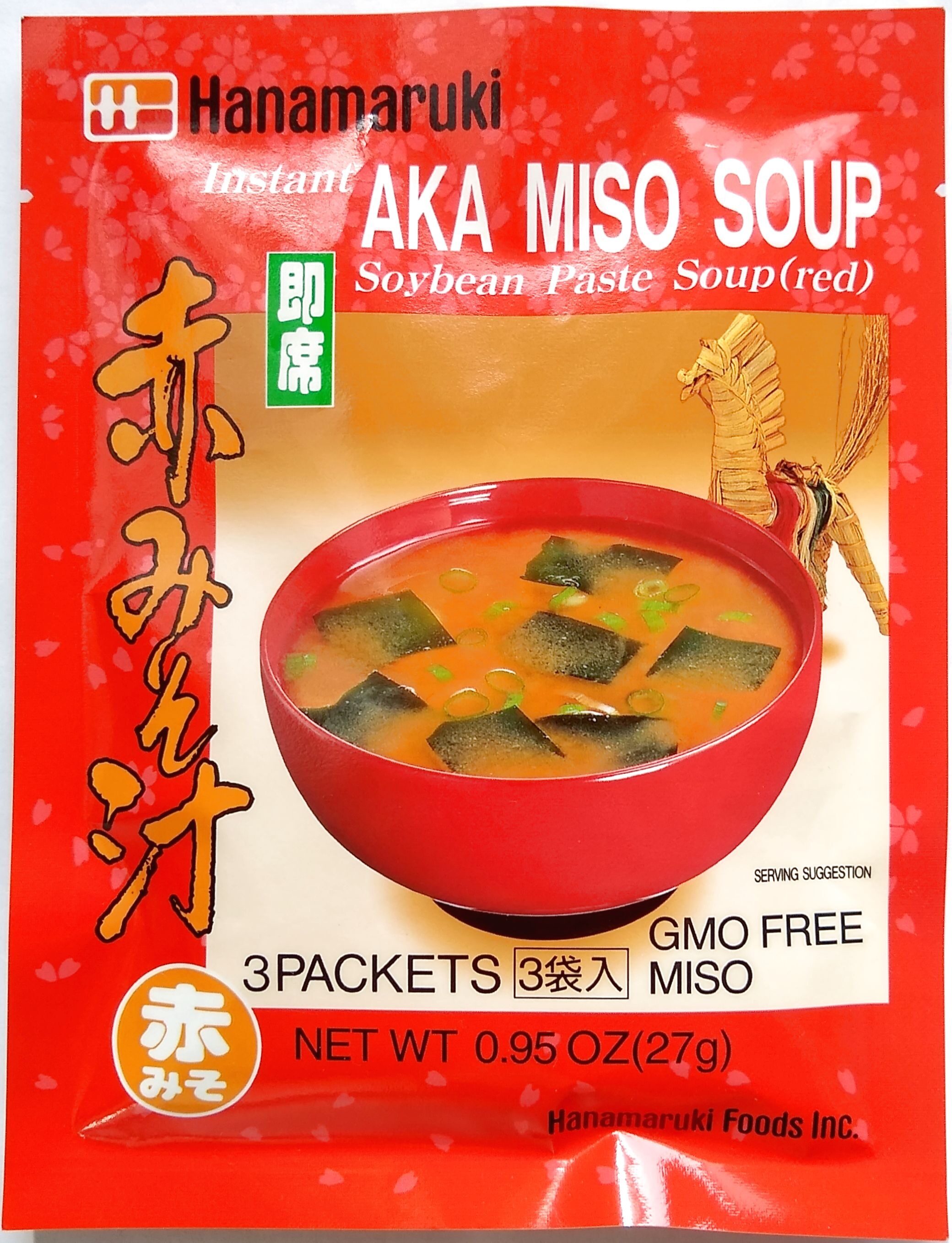Aka Miso Soup - Hanamaruki Foods Inc. - 27 g
This product page is not complete. You can help to complete it by editing it and adding more data from the photos we have, or by taking more photos using the app for Android or iPhone/iPad. Thank you!
×
Barcode: 4902401217437 (EAN / EAN-13)
Quantity: 27 g
Brands: Hanamaruki Foods Inc.
Categories: Meals, Dried products, Dried products to be rehydrated, Soups, Dried meals, Dehydrated soups, Miso soup
Manufacturing or processing places: Japan
Link to the product page on the official site of the producer: https://www.hanamaruki.co.jp/english/abo...
Stores: go asia
Matching with your preferences
Environment
Packaging
Transportation
Report a problem
Data sources
Product added on by kiliweb
Last edit of product page on by gourmet.
Product page also edited by autorotate-bot, openfoodfacts-contributors, roboto-app, yuka.SDVnaEZmUW8vNmNNa2Zjc3BTL0lwb3R0OTRlWVhVMlhDOE1KSWc9PQ.






